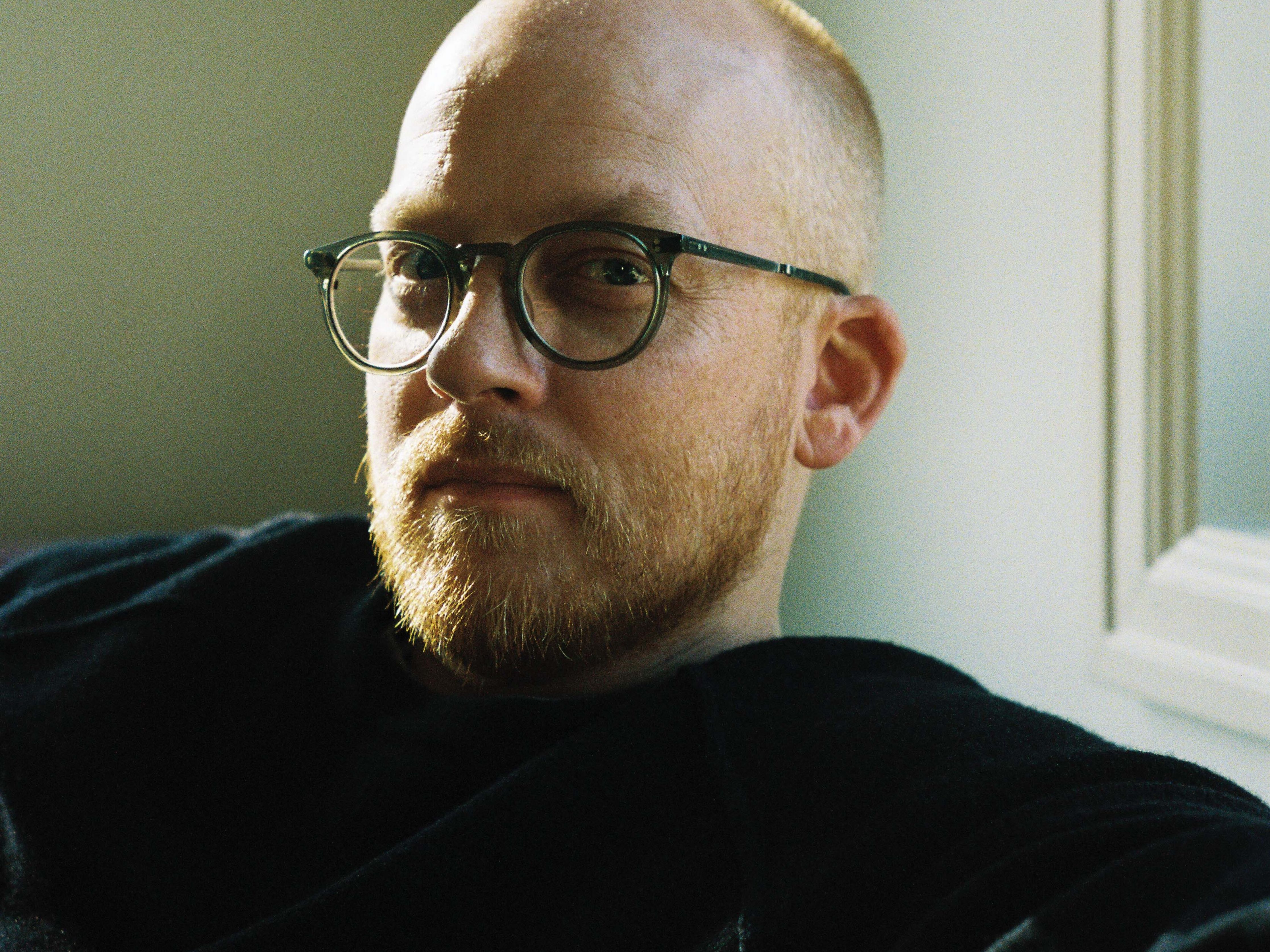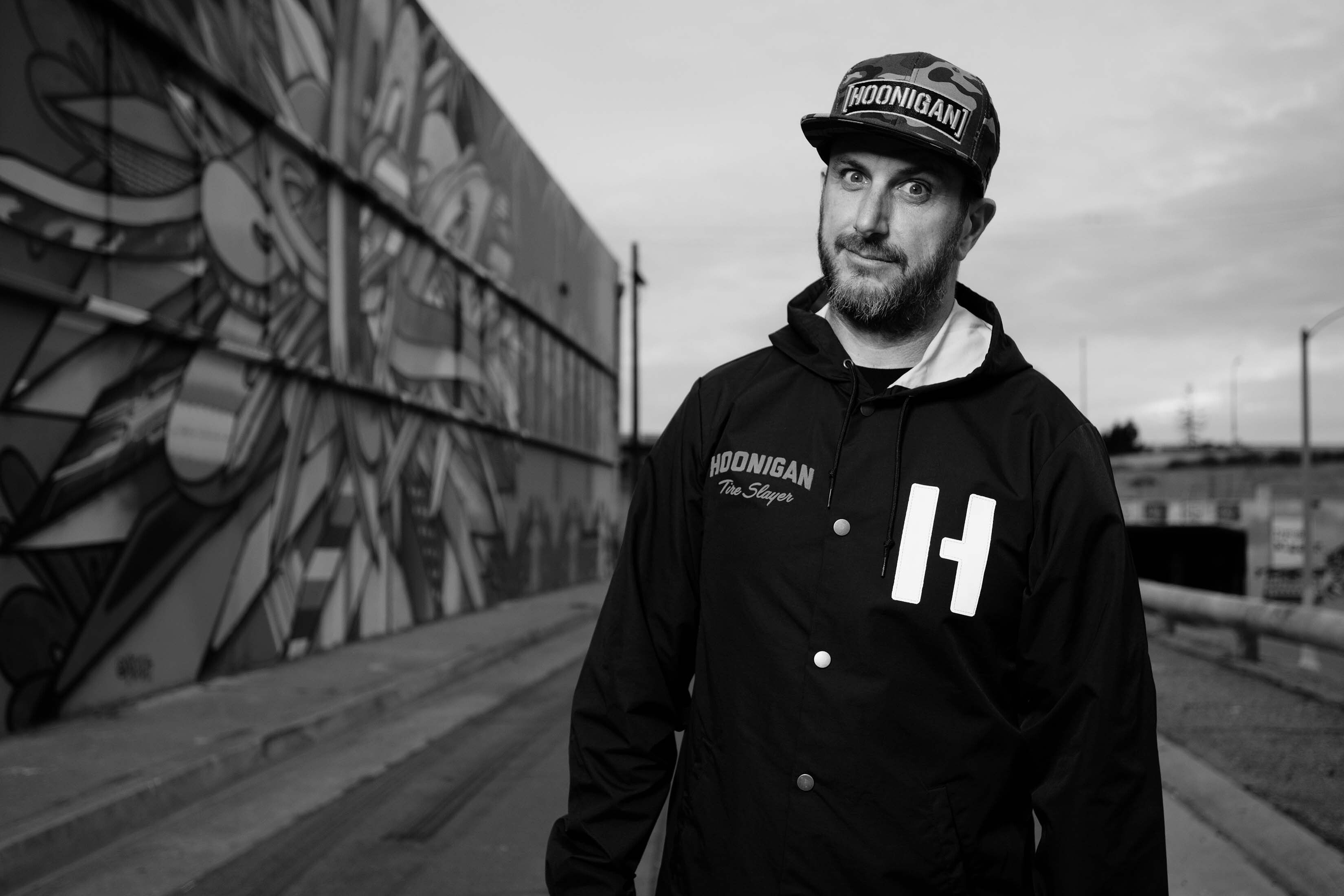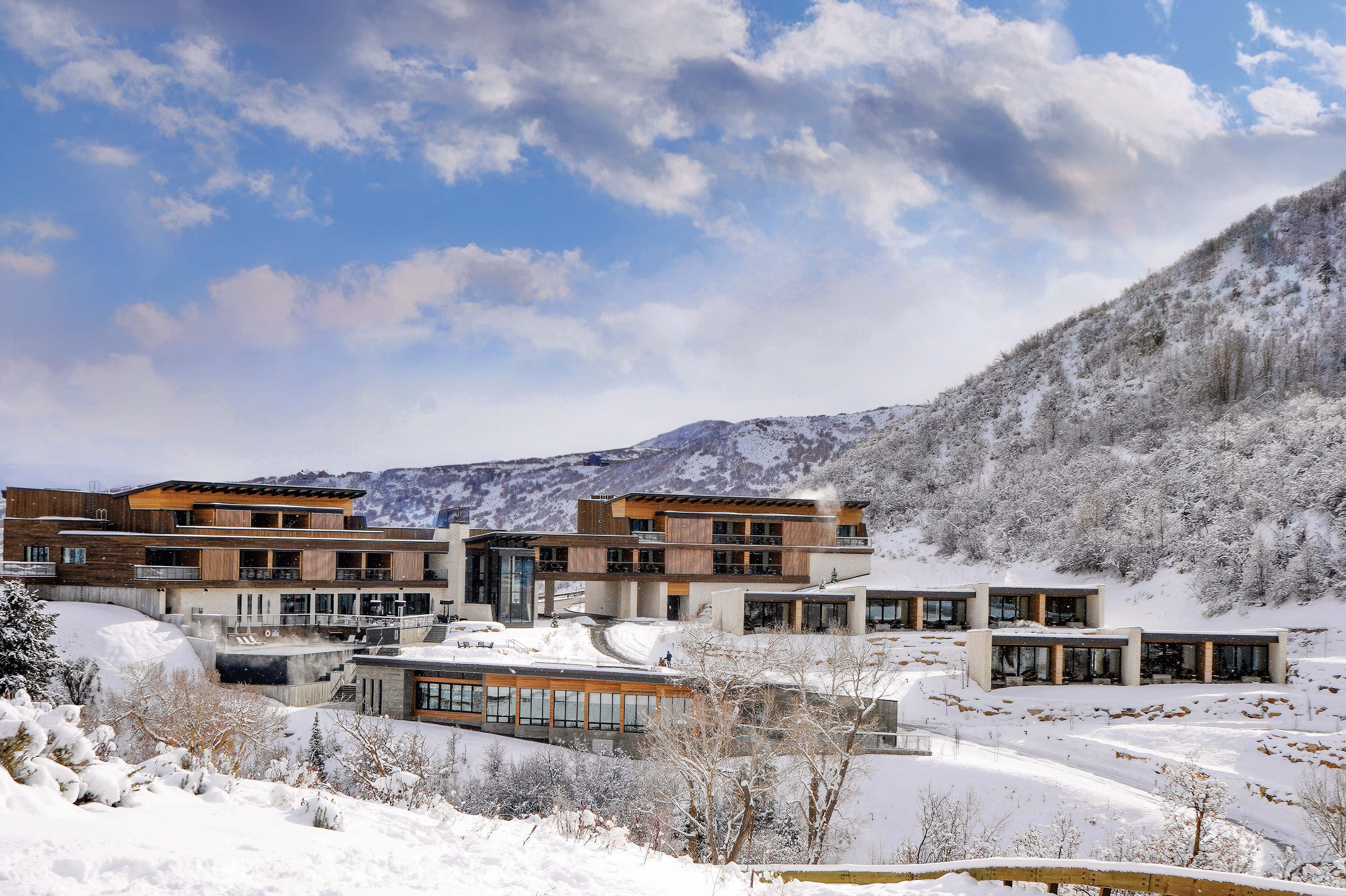This Family Made a Business Out of Zip Lining
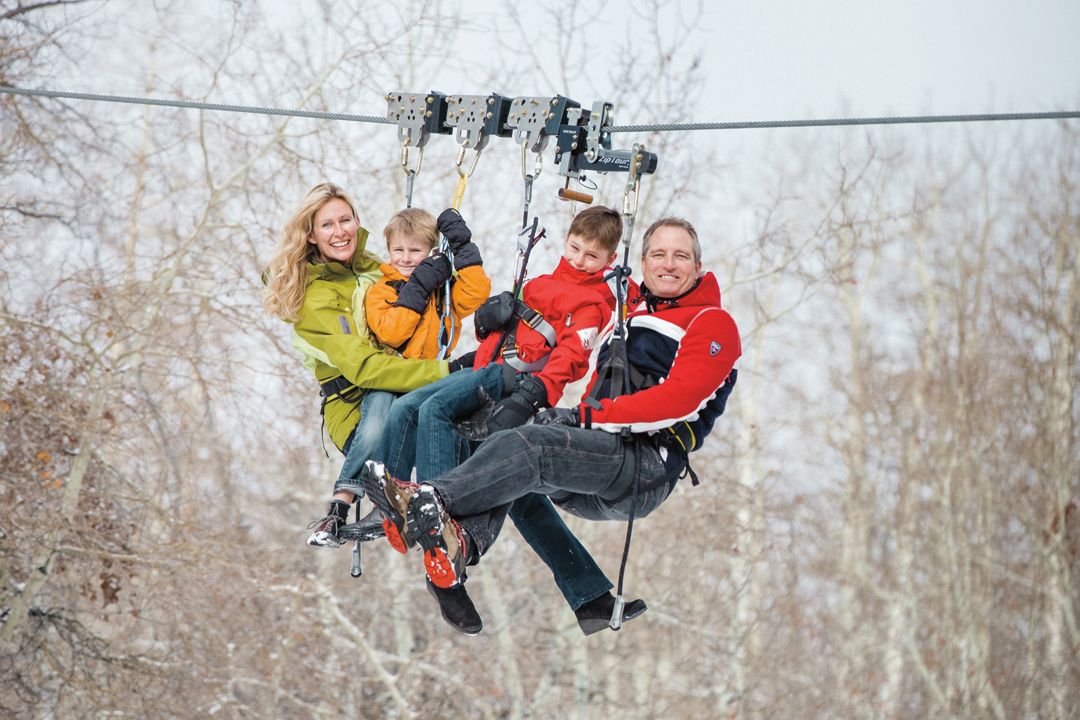
Sarah and Eric Cylvick with their sons Tor (left ) and Cash.
Image: Carla Boecklin Photography
Woooohoooooo! A low-pitched zzzzzzzz accompanies you as you soar over the treetops, reaching speeds of up to 60 miles per hour. Or as you hit the brakes, so you can play cat and mouse with the rider on the line next to you as you descend thousands of feet, hair flying, chilly mountain air filling your lungs, adrenaline pushing you through some of the most gorgeous terrain in the world.
For 15 years, Wanship-based Terra-Nova, founded by Park City locals Eric and Sarah Cylvick, has been honing the zip line experience—making it steeper, longer, faster (or, if the rider prefers, slower). There is nothing ho-hum about the carefully engineered high-altitude descents via patented ZipRider, ZipTour, and hybrid products, or the company’s safety product, ZipRescue. “We’re not a producer of typical zip lines,” Eric explains. “We stick to what we like: big, long, steep rides.”
The impetus for the Cylvicks’ zip lines grew out of the simple fact that 15 years ago, summertime in Park City was slow. Eric, who’d been ski patrolling at Park City Mountain Resort since 1989, saw the seasonal business lull as an opportunity. “The problem with ski areas is that it’s hard to have a business model that works just three to four months out of the year,” he says.
The proverbial lightbulb went off when the couple was vacationing in Costa Rica in 2001. They took a break from surfing for a zip-line tour through the canopy and there it was: a new way to bring all ages to the slopes in both winter and summer. Eric, who has a degree in electrical and computer engineering, started sketching out the first prototype for the ZipRider right then and there, on a napkin in a café.
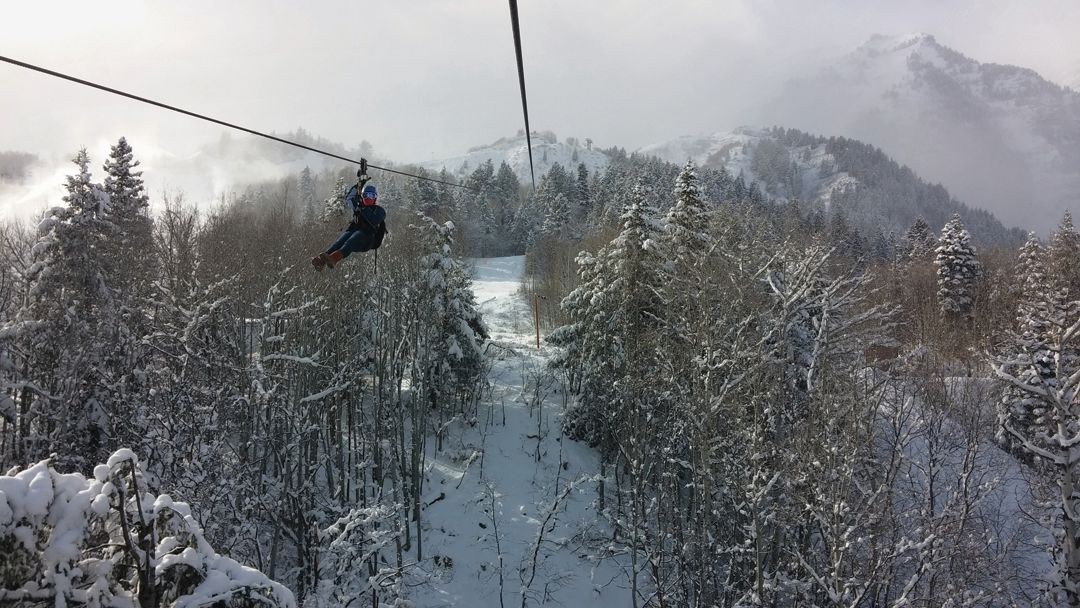
The Sundance ZipTour boasts a 2,100-foot vertical drop and is open year-round. Located 36 miles from Park City in Provo Canyon, the ZipTour at Sundance is open daily during the 2016-17 winter season.
Image: Sundance Mountain Resort
When the Cylvicks returned to Park City, they met with Eric’s boss, then PCMR President and General Manager Vern Greco, and presented their concept. “Eric was excited, but the excitement was beyond the ordinary,” recalls Greco. “There was a palpable level of intrigue and passion.”
Sarah admits they began with neither mission statement nor business plan but were propelled forward by the concept of designing an extraordinary zip line. So they began tinkering and testing prototypes in their Tollgate Canyon home’s backyard—eventually amassing 13 patents for Terra-Nova–designed products. It took 15 months of designing, building, and convincing before the inaugural 2,300-foot ZipRider—at the time, the longest zip line in the world—opened at PCMR on Labor Day weekend, 2002.
These days, the Terra-Nova–designed zip experiences are bigger, steeper, and longer. One at Mexico’s Copper Canyon spans more than 1.5 miles of cable. While ski resorts make up 70 percent of the company’s business, ZipRider and ZipTour products are popping up everywhere, peppering the globe from Russia to Missouri.
Geographic proliferation aside, there are other measures of success. As Eric and Sarah put it, the company is in the business of “building attractions” and in some cases, putting a place on the map. A ZipRider at Alaska’s Icy Strait Point has helped the remote town of Hoonah go from nearly a ghost town to a cruise ship destination so popular that construction of a multi-million dollar dock is under way to accommodate tourists who tender from ship-to-zip. And then there’s the sheer popularity of the rides. In Korea, visitors wait up to three hours to traverse Korea’s Han River via wire rather than ferry to Nami Island.
Given that clients spend between $1.5 million and $3.5 million per project, success is vital to achieving return on that investment. And according to Greco, the return on investment is good. So good that Greco is back at the table with Terra-Nova, this time as a client—he’s now president and CEO of the Park City-based Pacific Group Resorts—planning to install a new zip attraction he predicts will be a “game changer” at Mt. Washington Alpine Resort in British Columbia. In the case of the original project at PCMR, the numbers, he says, exceeded expectations and projections by enhancing rather than diluting the existing resort offerings (like the Alpine Slide). Greco attributes that to Sarah and Eric as much as the products they create. “I often use them as examples in discussions with employees and associates as individuals and a company with vision, high standards, and positive energy all while staying true to their core values,” Greco says.
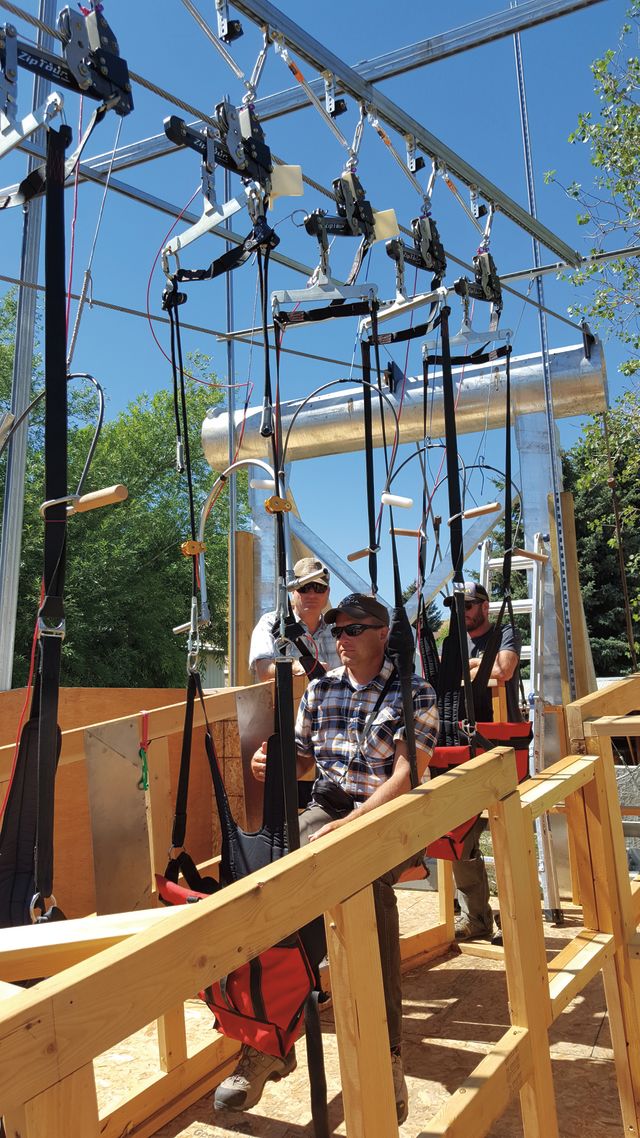
A test version of a zip line Terra-Nova is developing for use by NASA.
Image: Terra-Nova
Terra-Nova has evolved and grown in part due to the Cylvicks’ nimble ability to tweak designs and meet each new project’s challenges. The development of the ZipTour, for example, allows riders to control their own speeds and travel multiple spans. Sundance Resort’s ZipTour, installed last year, is a side-by-side ride from the top of the resort to its base—four spans totaling close to two miles in length. “You get to experience the entire mountain, from top to bottom,” explains Sarah, adding that not everyone has the stamina or ability to ski the likes of Sundance’s Bishop’s Bowl. Zip access opens that
ski-like experience to the nonskier. And while folks will hear a humming zzzzzzzz from above, Terra-Nova products are notably unobtrusive, allowing Mother Nature to shine.
Of course, Mother Nature is a fickle partner. And accidents, sometimes fatal, happen—much like in the ski industry. So, Eric and Sarah make safety, in terms of both products and training for their clients, a priority. It also lends legitimacy to what they do. As Greco puts it, “Terra-Nova has taken a gold-standard approach to safety and risk awareness.”
But not all Terra-Nova products are about recreation. Through ZipRescue, the side of the business initially about aerial chair-lift evacuations, the Cylvicks are working with United Launch Alliance (a NASA contractor) to design an evacuation system for the shuttle’s access tower allowing 20 crew members to get to the ground via zip line in less than a minute in the event of a pre-launch emergency.
No, Eric and Sarah never imagined their dream of running a zip line from the top of a ski mountain to its base would one day lead to Cape Canaveral. Yet, year after year, Terra-Nova continues to evolve with new products and a growing roster of diverse clients; soaring to new heights while leaving some serious fun in its wake. “It’s hard to ride the Extreme ZipRider and not have fun,” says Eric. Sarah concurs, “It never gets old.”

